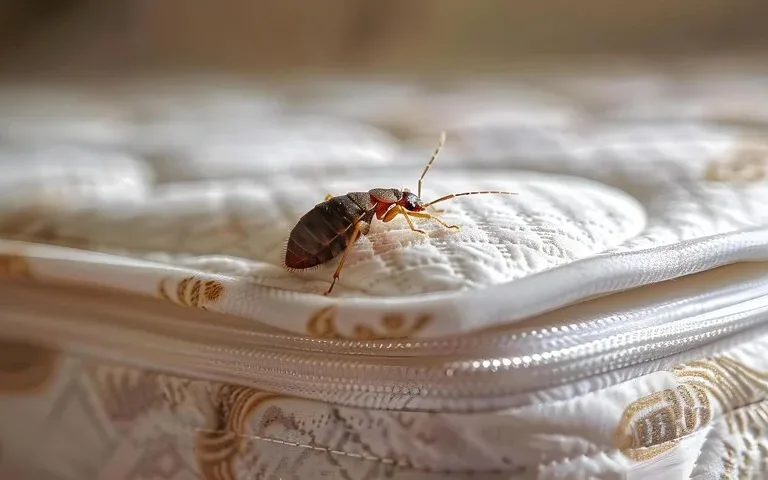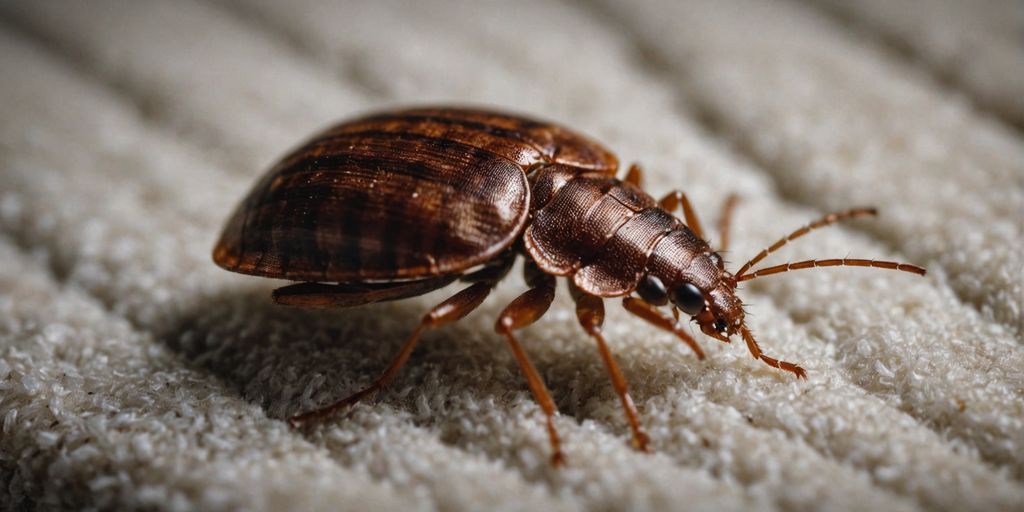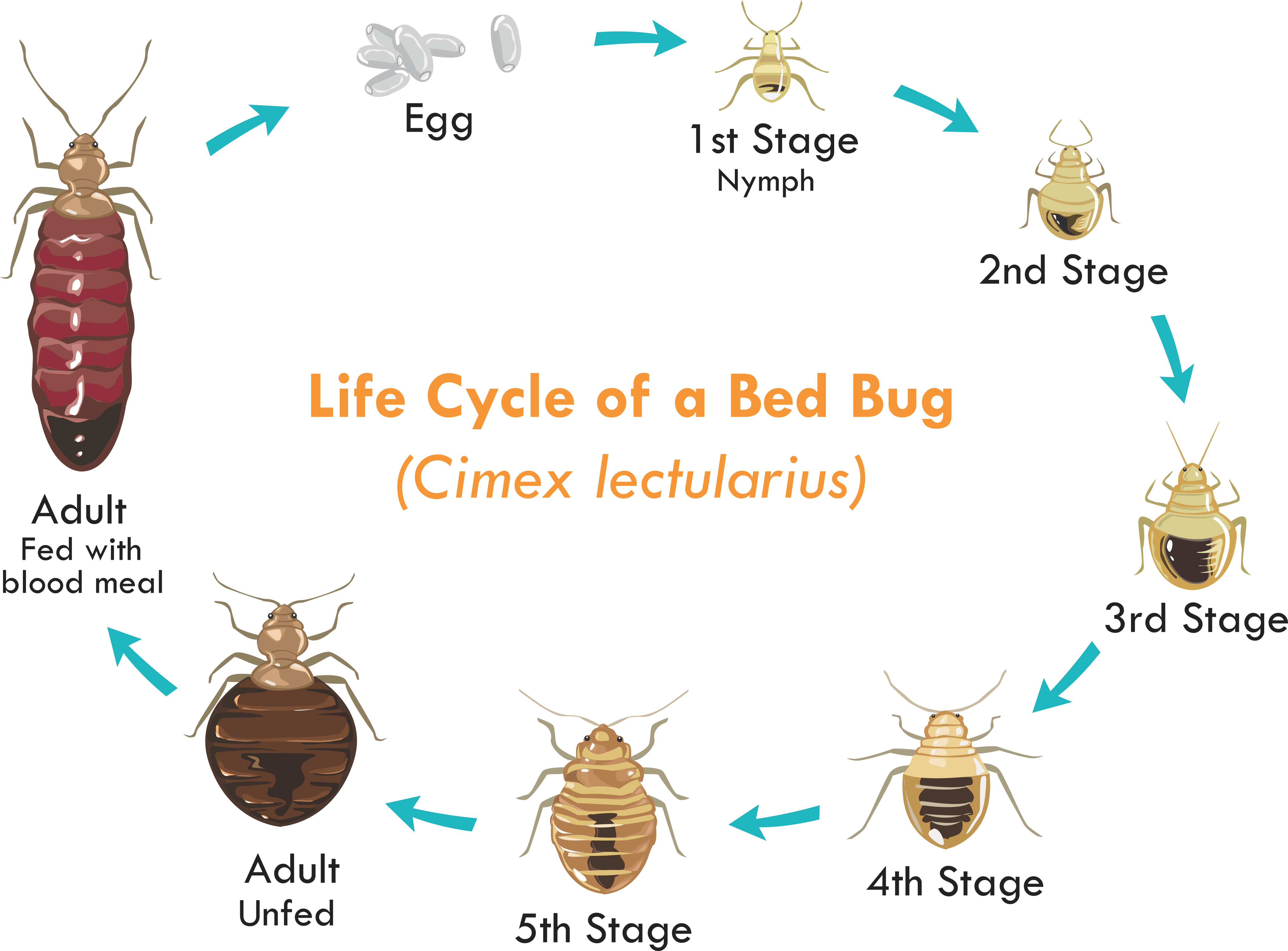Reliable Bed Insect Treatment Strategies: A Key Component of Pest Control
The renewal of bed insect problems has emphasized the need for effective therapy strategies within the pest control sector. These resistant insects, with the ability of escaping standard approaches, require a multifaceted approach that includes both typical and ingenious methods. Understanding their behavior is crucial, as is the execution of innovative modern technologies and safety nets. In spite of the selection of options readily available, the concern continues to be: what combination of methods verifies most reliable in not only removing these pests but likewise stopping their return? Discovering this complex problem can result in more informed methods and far better end results for those impacted.
Understanding Bed Bug Actions

Among the defining qualities of bed bugs is their ability to reproduce quickly. A single lady can lay thousands of eggs in her lifetime, leading to quick populace growth if left untreated. Furthermore, bed insects can survive for a number of months without feeding, allowing them to withstand periods of host absence, which can hinder timely monitoring initiatives.

Conventional Treatment Approaches
While contemporary methods to bed pest management have gained appeal, typical treatment methods remain foundational in addressing invasions. These techniques largely consist of chemical treatments and physical interventions.
Chemical pesticides, such as pyrethroids and neonicotinoids, have been historically employed to eliminate bed insects. These substances work by interfering with the anxious system of the pests, causing their ultimate death. Nonetheless, due to the development of resistance amongst bed insect populations, performance can vary.
Physical methods, including warm therapy, have additionally been part of traditional techniques. This involves elevating the temperature of infested areas to a deadly degree for bed bugs, commonly around 120 ° F(49 ° C) for continual durations. This technique is particularly advantageous as it can penetrate numerous materials and does not leave chemical deposits.
In addition, comprehensive cleansing practices, such as vacuuming and washing ravaged bed linen and apparel, are vital in this approach. Sealing fractures and holes, in addition to utilizing mattress encasements, can additionally prevent bed pests from developing themselves in living areas. Collectively, these standard techniques supply a crucial foundation for handling bed bug problems efficiently.
Modern Advancements in Therapy
The landscape of bed insect therapy has advanced dramatically with the advent of modern technologies that improve efficiency and efficiency in taking care of problems - Bed Bug Treatment. One of one of the most significant advancements is using heat therapy, which involves increasing the temperature of ravaged locations to levels dangerous to bed pests. This approach not only eradicates adult pests but also targets eggs, therefore disrupting their reproductive cycle
An additional development is the application of sophisticated tracking systems, such as bed insect detection canines and modern catches equipped with sensors. These tools help determine invasions early, permitting for prompt intervention. Additionally, the development of insecticides with unique modes of action, designed to overcome resistance, ensures that parasite control professionals have effective options at their disposal.
Furthermore, the assimilation of modern technology in insect control monitoring, such as information analytics and mobile applications for monitoring and reporting invasions, streamlines the treatment process. These technologies jointly add to even more lasting and efficient bed pest administration techniques, reflecting the market's ongoing dedication to enhancing bug control results. Therefore, both home owners and parasite administration experts can approach problems with greater self-confidence and precision.
Preventative Steps for Infestations
Reliable prevention strategies are important in minimizing the threat of bed bug problems, with positive procedures playing a vital role in protecting both household and commercial areas. Among one of the most efficient methods is normal inspections of living and work areas, particularly in position where people regularly gather, such as resorts and public transportation. Early detection can considerably reduce the chances of an invasion coming to be established.

Another preventive step entails the mindful examination of pre-owned furnishings and clothing prior to bringing them right into your room. Making use of safety encasements on bed mattress and box springs can additionally offer an efficient barrier against bed pests.
Last but not least, enlightening locals and staff members concerning the indicators of bed pest presence, such as tiny blood spots or dark areas on sheets, equips people to act quickly if they believe an infestation, consequently decreasing the chance of extensive problems.
(Bed Bug Treatment)
When to Look For Specialist Help
Identifying the indicators of a bed pest invasion early on can make a considerable difference in handling the issue properly. Small, brownish bugs, in addition to corroded stains on bed linens, are indicators that should not be overlooked. If these indicators are evident, it is essential to examine the seriousness of the scenario.
Looking for expert assistance is suggested when the problem is extensive or when DIY approaches stop working to generate results. Bed insects are infamously resilient, and their capability to hide in hard-to-reach areas complicates treatment efforts. If you discover that bed bugs re-emerge despite duplicated attempts to remove them, it might be time to seek advice from a pest control specialist. In addition, if you stay in a multi-unit building, it is essential to involve experts early to stop the spread of the infestation to bordering systems.
Last but not least, people with allergies or respiratory issues need to prioritize professional intervention. The chemicals made use of in bug control can position wellness threats otherwise applied correctly. Eventually, engaging an accredited insect control solution ensures an extensive and efficient resolution to bed bug issues, protecting your home and health and wellness.
Final Thought
Efficient bed pest therapy strategies are critical in controlling problems and mitigating their impact. Eventually, recognizing bed pest behavior and understanding when to seek expert support ensure that efficient management strategies are employed, contributing to long-term pest control success.